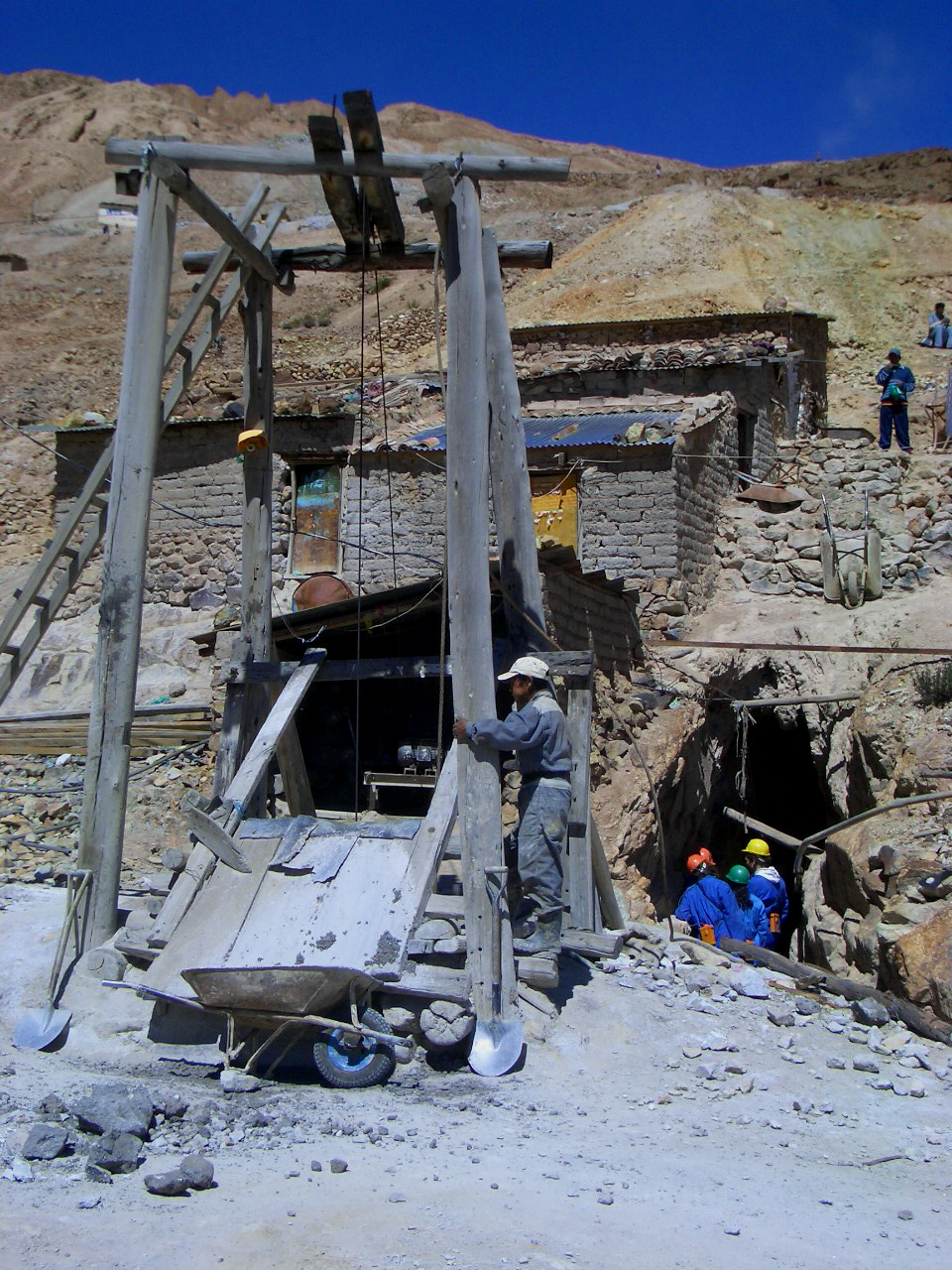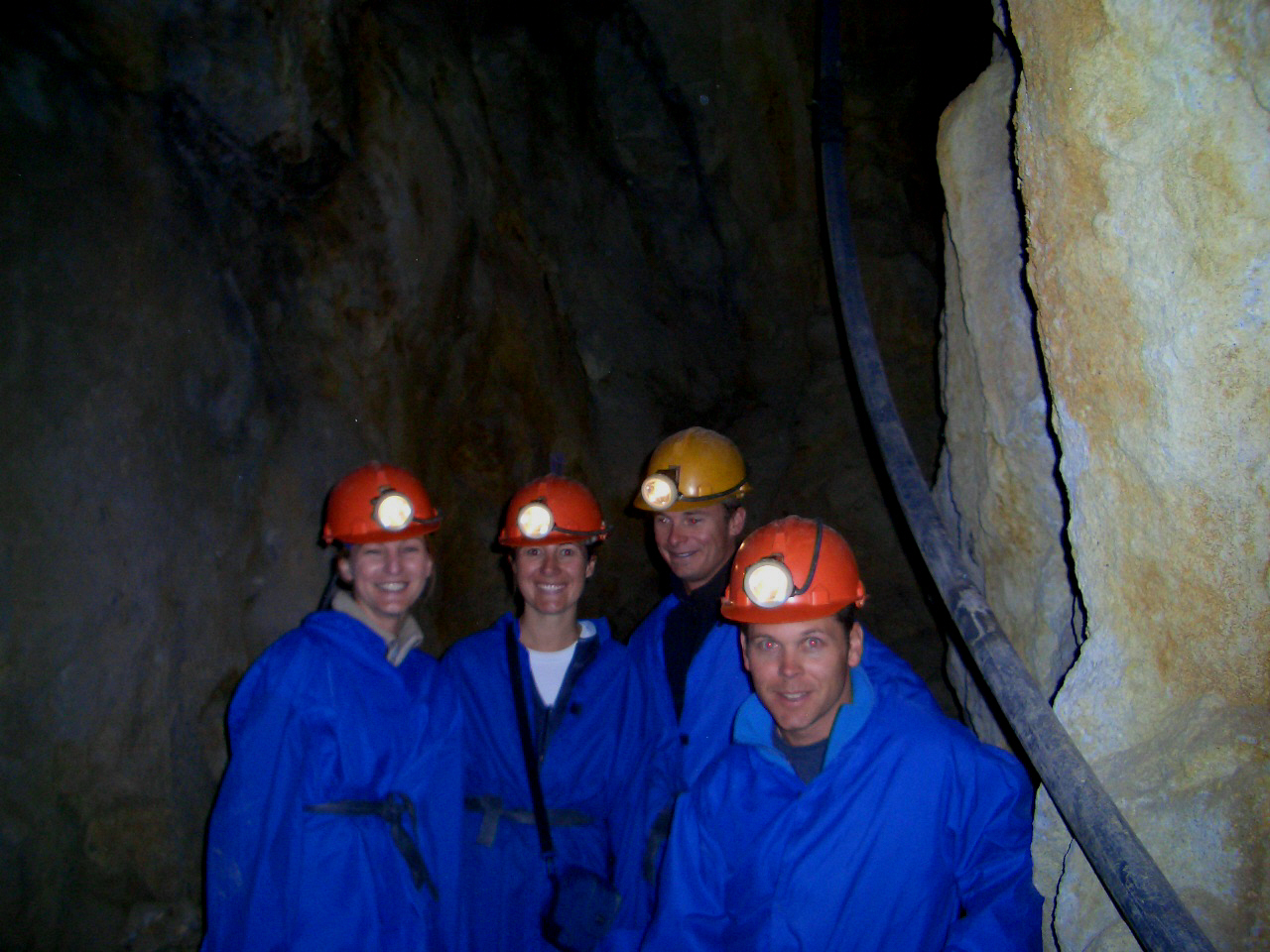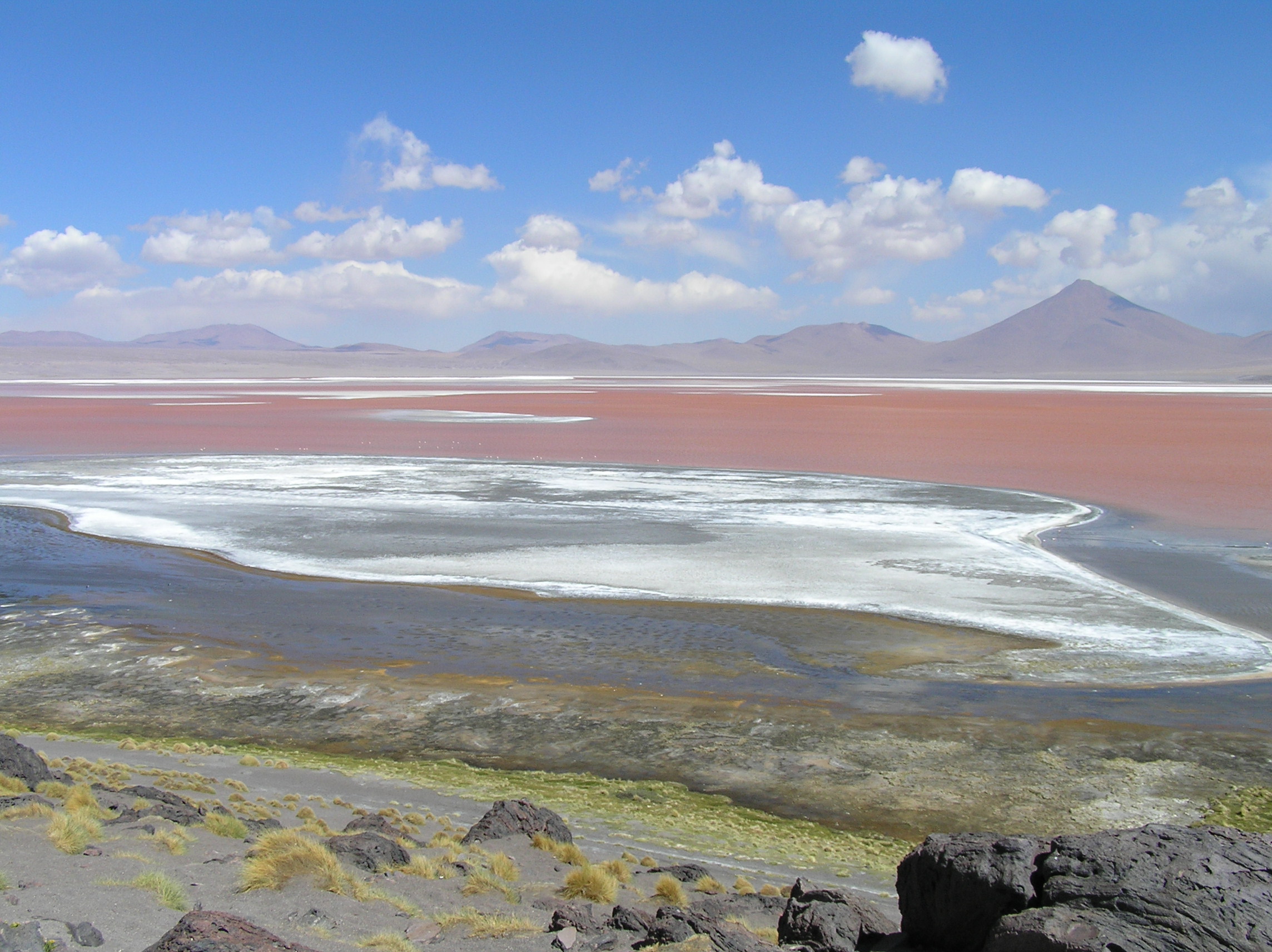Postscript Bolivia: Final Thoughts
Tuesday, March 28th, 2006Got home yesterday by 9pm, after a 27 hour odyssey of travel. Here’s a collective of what I spent in the first 45 minutes after stepping off the plane:
Cab: 35 dollars
Subway Sandwich: 4.50
Cat food/Litter: 5.75
Bottle of water: 2:00
Total: $47.25 or 378 Bolivianos. [read on]

 The weavings of the native Jalq’a and the Tarabuco tribes, which have hailed from the area surrounding Sucre for more than a thousand years, are varied, complicated and very beautiful. In ancient times they were primarily woven by women, and generally for clothing and other household items, but even then they were highly decorative and the intricate figures tell a story, similar to the pictograph forms of Egypt and other ancient civilizations. If you have the slightest interest in native arts, this place is worth a stop.
The weavings of the native Jalq’a and the Tarabuco tribes, which have hailed from the area surrounding Sucre for more than a thousand years, are varied, complicated and very beautiful. In ancient times they were primarily woven by women, and generally for clothing and other household items, but even then they were highly decorative and the intricate figures tell a story, similar to the pictograph forms of Egypt and other ancient civilizations. If you have the slightest interest in native arts, this place is worth a stop.



